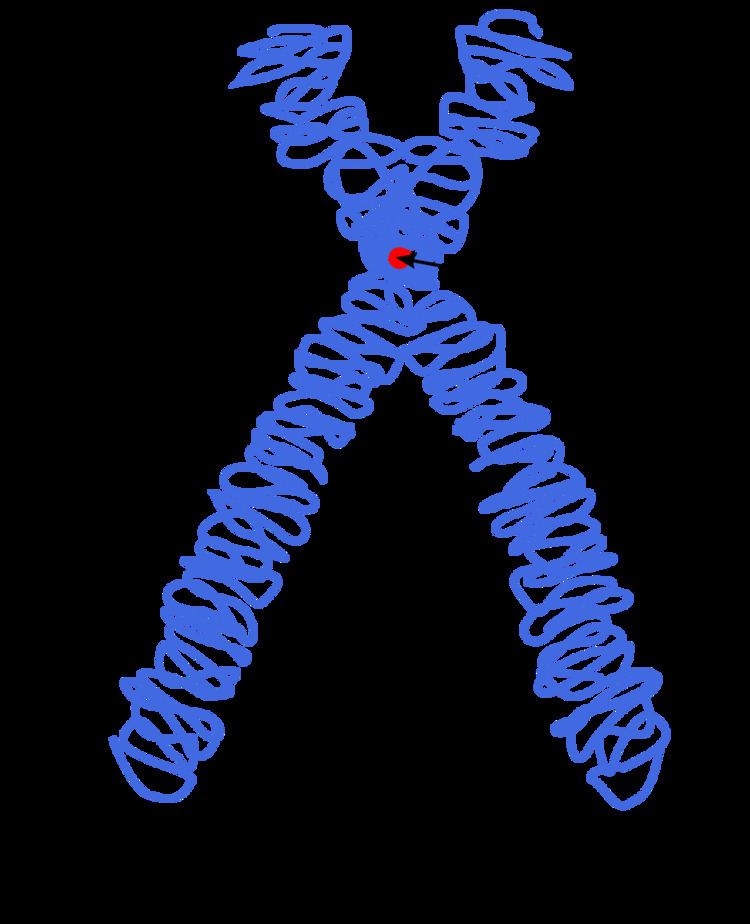 | ||
A chromatid (Greek khrōmat- 'color' + -id) is one copy of a newly copied chromosome which is still joined to the original copy by a single centromere.
Before replication, one chromosome is composed of one DNA molecule. Following replication, each chromosome is composed of two DNA molecules; in other words, DNA replication itself increases the amount of DNA but does not increase the number of chromosomes. The two identical copies—each forming one half of the replicated chromosome—are called chromatids. During the later stages of cell division these chromatids separate longitudinally to become individual chromosomes.
Chromatid pairs are normally genetically identical, and said to be homozygous; however, if mutation(s) occur, they will present slight differences, in which case they are heterozygous. The pairing of chromatids should not be confused with the ploidy of an organism, which is the number of homologous versions of a chromosome.
Chromonema is the fibre-like structure in prophase in the primary stage of DNA condensation. In metaphase, they are called chromatids.
Sister chromatids
Chromatids may be sister or non-sister chromatids. A sister chromatid is either one of the two chromatids of the same chromosome joined together by a common centromere. Once sister chromatids have separated (during the anaphase of mitosis or the anaphase II of meiosis during sexual reproduction), they are again called chromosomes. Although having the same genetic mass as the individual chromatids that made up its parent, the daughter "molecules" are called chromosomes in a similar way that one child of a pair of twins is not referred to as a single twin. The DNA sequence of two sister chromatids is completely identical (apart from very rare DNA copying errors).
Non-sister chromatids, on the other hand, refers to either of the two chromatids of paired homologous chromosomes, that is, the pairing of a paternal chromosome and a maternal chromosome. In chromosomal crossovers, non-sister (homologous) chromatids form chiasmata to exchange genetic material during the prophase I of meiosis.
